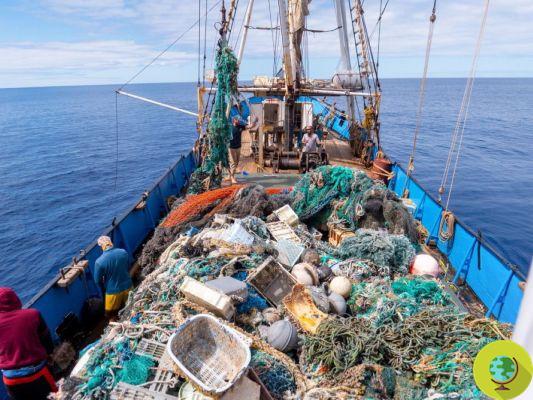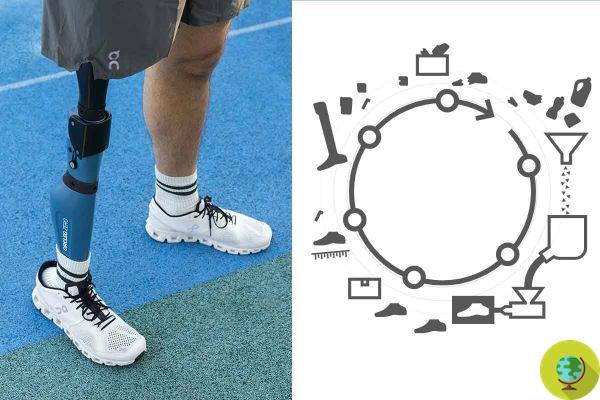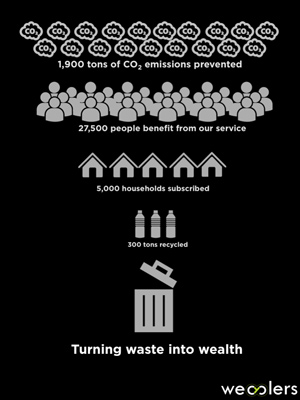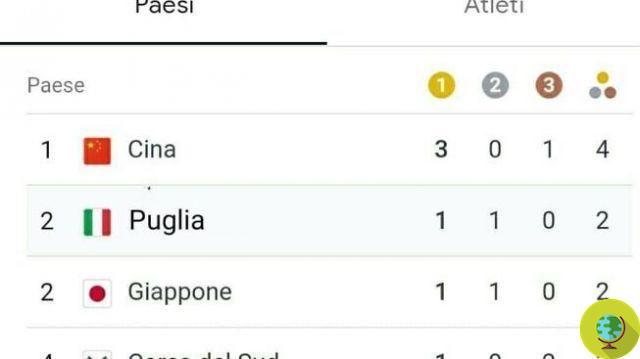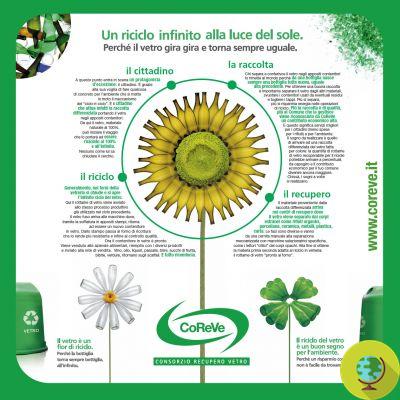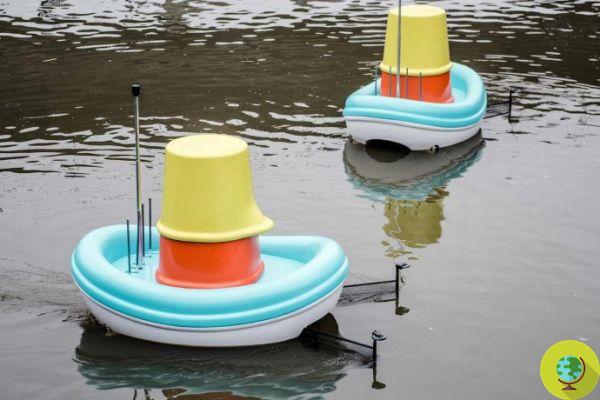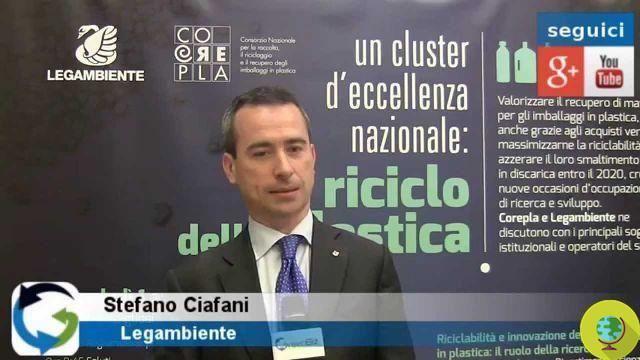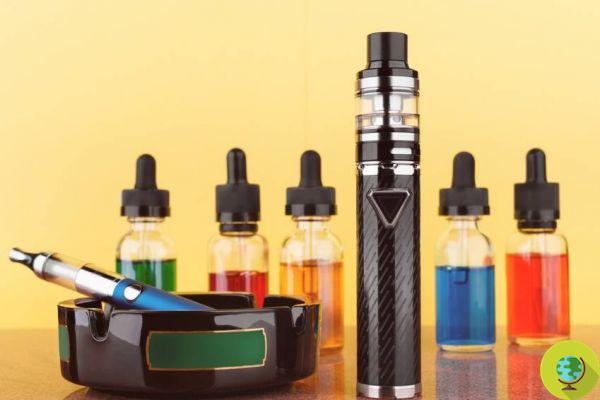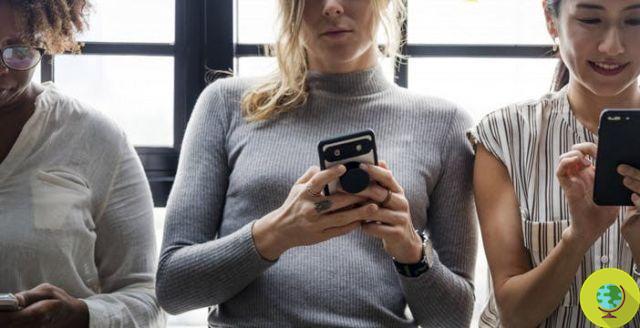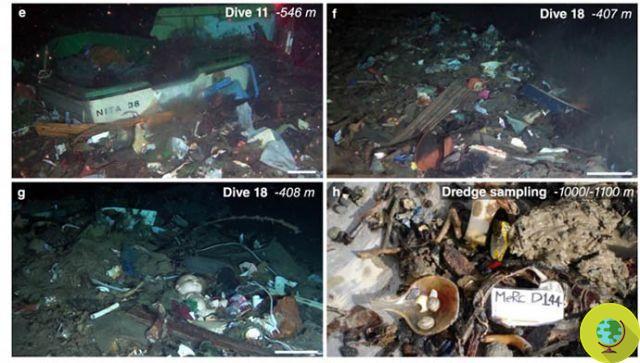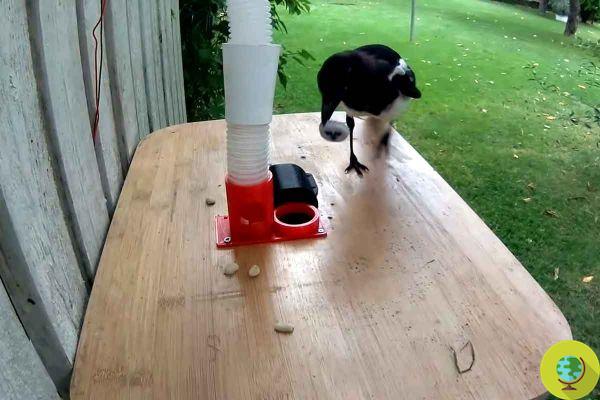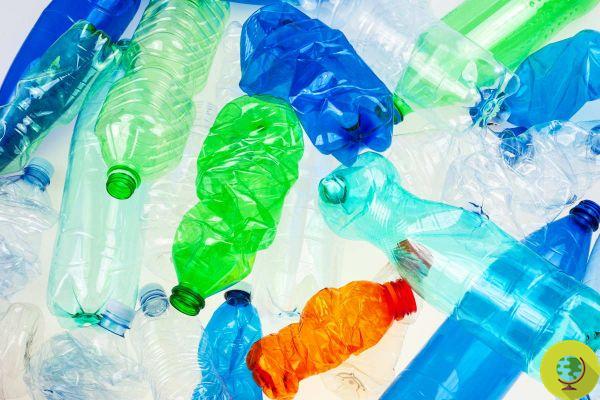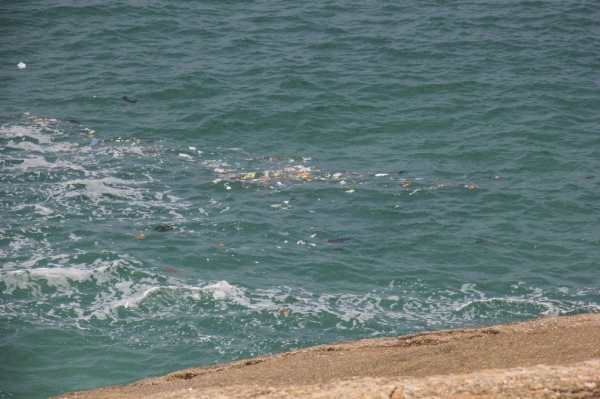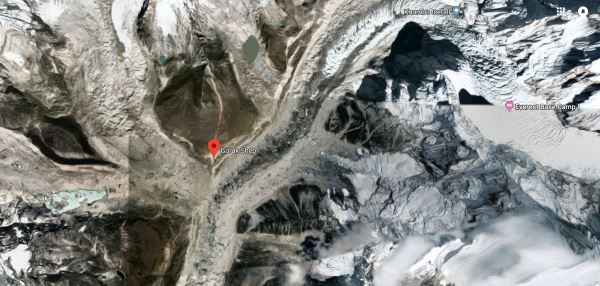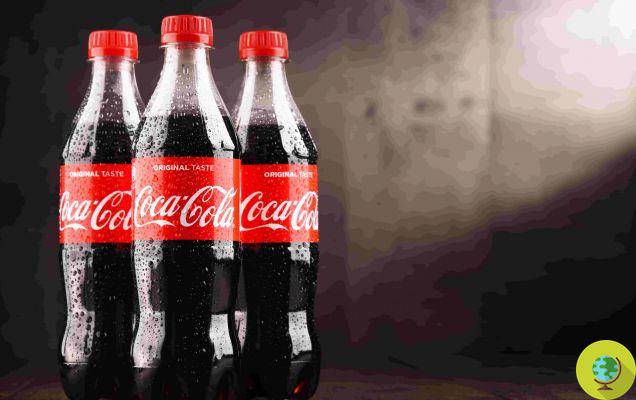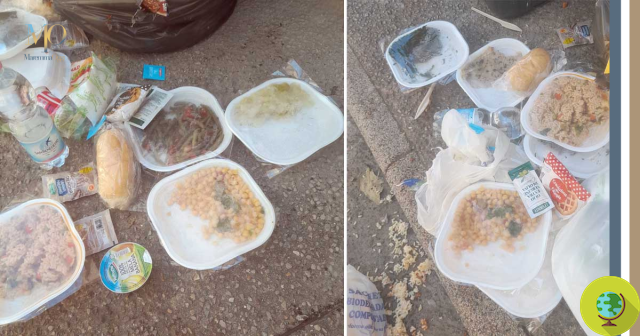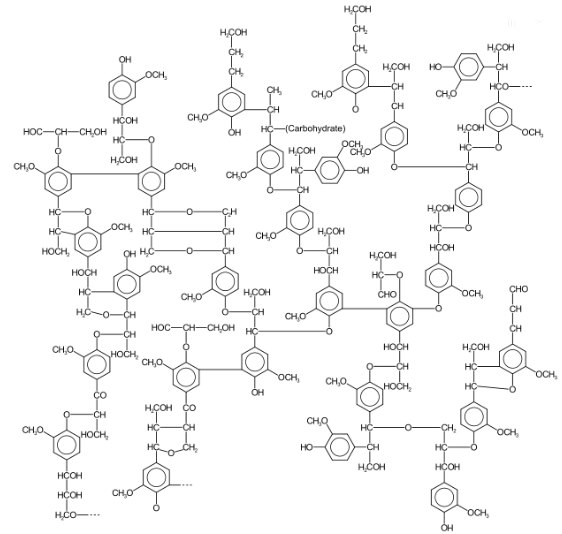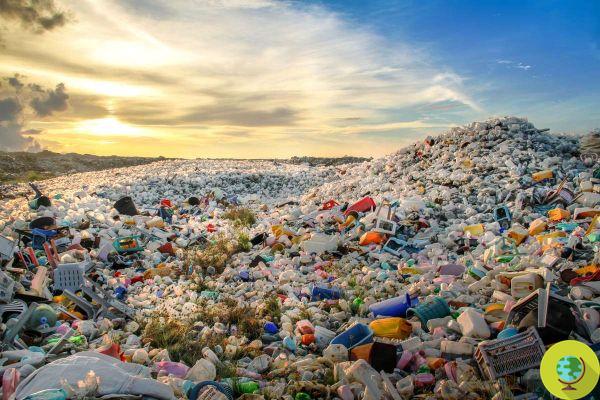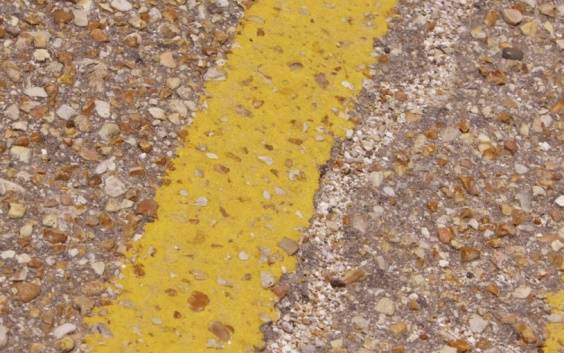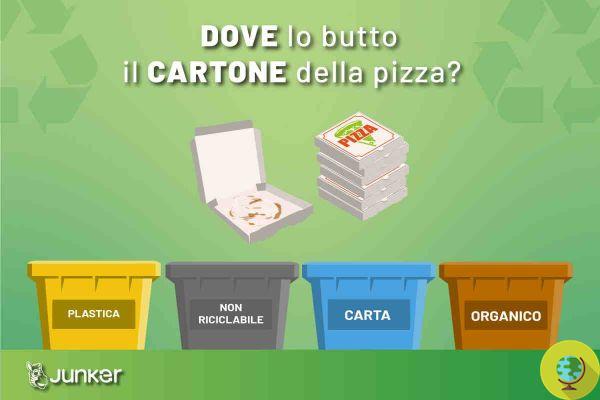
Recycle paper, nothing is as obvious as it seems! Many mistakes are still made when differentiating paper and cardboard, but these are small deficiencies that are very easy to correct.
Recycle paper, nothing is as obvious as it seems! If, for example, a receipt will never go to the recycling bin, you have to start thinking about the pizza box ... Many mistakes are still made when they differ paper e cardboard, but these are small deficiencies that are very easy to correct. How? Also knowing a little bit of curiosity.
First of all, did you know that the card has 7 lives? That's right! This means that the recycling of paper and cardboard always gives good results, because they are even 7 times that these materials can be reused: the fibers used can be recycled up to 7 times (but think that the plastic can be recycled up to 3 times more than paper ...). After that the yield is reduced, because the fibers shorten and weaken.
Paper is therefore the most recycled material in Europe: over 72% of that used is recycled. Which makes this material one of the most recovered ever.
And if we focus on the fact that on average we total a per capita consumption of paper and cardboard equal to more than 50 kilos in a year, we can understand how important it is to carry out separate waste collection correctly.
But sometimes some objects put us in front of a doubt: "Where is this going?".
So let's see how to stop making mistakes.
Index
Paper, why do I recycle it?
Because it matters to us and the environment! A careful separate collection of paper makes it easier to create a new secondary raw material, ready to be reused in turn.
To produce the paper it is necessary to use cellulose fibers obtained through a chemical process to which natural materials, in particular wood, are subjected. The use of recycled paper provides the cellulose fibers necessary to create new paper and this allows to counteract the environmental and economic impact, to reduce the use of virgin fiber and the emissions related to its production, to produce fewer emissions related to electricity and water consumption and to reduce the quantities of waste sent to landfills.
Therefore, from recycled paper it is possible to obtain other paper, cardboard or cellulose fibers, a resource of inestimable value ...
What is conferred in the card
The triangular symbols present on the packaging and on paper products suitable to be thrown into the differentiated containers for collection show the numbering from 20 to 22: the PAP 21 symbol, for example, is of non-corrugated cardboard, used mostly for packaging food, PAP 22 indicates plain paper, newsprint and food paper, including parchment paper.
It goes without saying that there are certain things that just aren't right with collecting your card, like:
- tax receipts (unless the contrary is expressly specified, for example there are lately some bluish receipts that are of the new generation and can go into the paper).
- parchment paper, be careful because it is classified as PAP22, together with other types of recyclable paper.
- handkerchiefs, napkins and kitchen paper, both clean and dirty: they must be given in the organic and never in the paper. However, if they are colored or if they are soaked in chemicals, such as detergents, they must be placed in the undifferentiated.
For the rest, here is a list of things to throw in the paper bin:
- Newspapers, magazines and notebooks
- Sheets of paper, whether or not printed
- Brochures and flyers
- Paper bags for bread, flour, sugar or those of the shops
- Cardboard boxes and bands, such as pasta, cereal, rice (flattened)
- Not too dirty pizza boxes (if however there are evident residues, the cardboard can be shredded and placed in the organic)
- Scratch and win
- Envelopes with plastic window
- Semi-adhesive notes, post-it type
- Plates, glasses and trays in paper material, even if coupled with a thin plastic film, but without food residues
If, in any case, you accumulate everything in an envelope, remember to eliminate it when you throw it in the bin.
The Junker App
Another question that haunts most is where to throw food containers in Tetra pak. Well, know that in most municipalities they are collected together with paper and cardboard (in this case, remove the plastic cap, but not also the base on which it is screwed, and flatten). In some territories, however, they are collected in the multi-material together with the plastic and then separated and sent to the paper mill. In still other cases, but they are rarer hypotheses, there is a collection dedicated solely to the Tetra pak.
How to extricate yourself, then, in the flood of information?
Download theJunker App to know how to differentiate the Tetra Pak in your Municipality and beyond!
La Junker App is the intelligent application that explains Municipality by Municipality (to date the platform has exceeded the threshold of 1000 Municipalities subscribers) where to throw what by providing a detailed map and how to correctly separate what simply by framing the barcode or taking a photo.
How it works: The app download is completely free. Once installed, simply photograph the object you want to throw away (or frame the QR code) and whose disposal methods you want to know and the system will try to recognize it. Once the photo has been sent, the reply will arrive in a few seconds.
This is a way that increases the desire to make a careful separate collection! In addition, with the app it is also possible to report abandoned waste and illegal landfills: the geo-localized photo reaches the manager of the collection, who then takes care of the reclamation.
Sorting correctly is one of the many ways we have to change the world. What are you waiting for?




